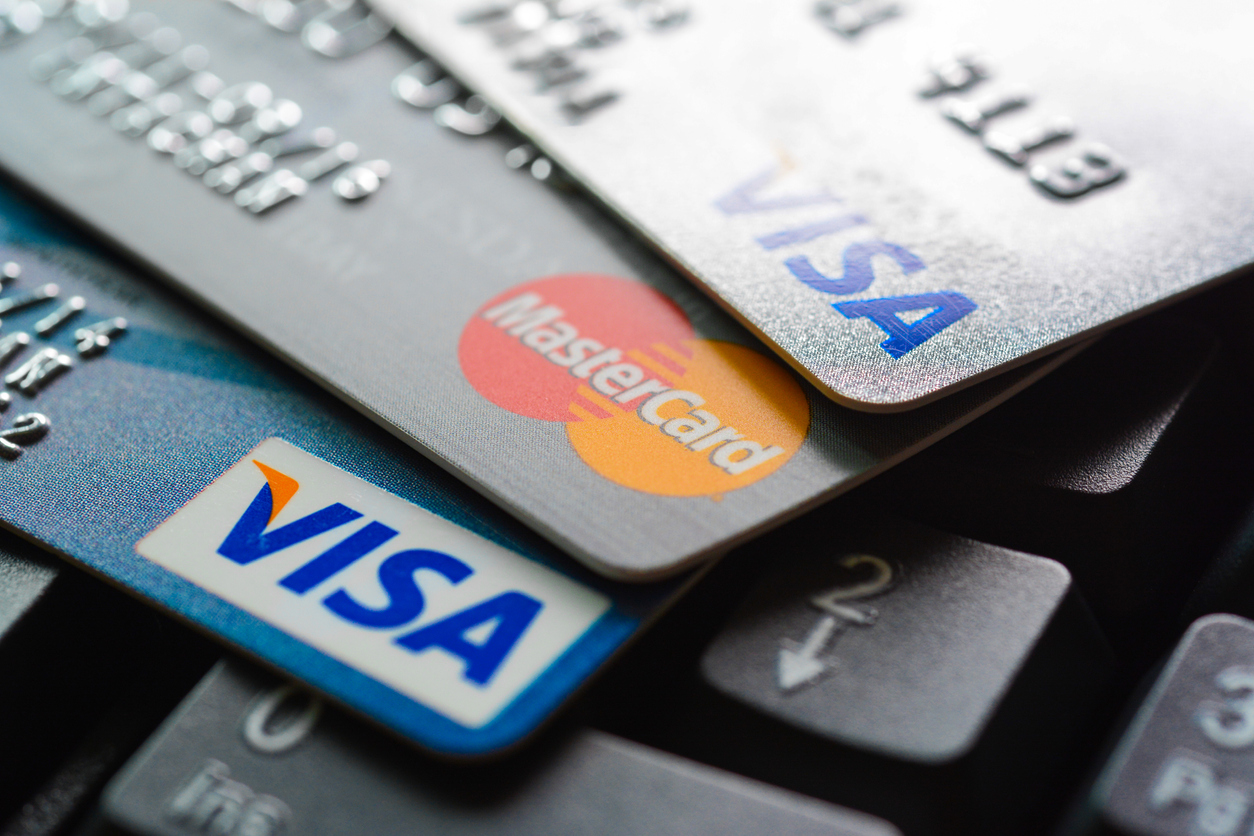The right credit card can make your life easier and more convenient. It can help you build your credit history, improve your spending habits, and even offer some pretty sweet perks (like cash back). But if you're not careful, picking the wrong one can cost you money.
So, what types of credit cards should you look for, and how do you know which is correct for your lifestyle? That's where we come in. We've compiled this list of the four most common types of credit cards to help you find the best one for your lifestyle needs. Read on to know more.
Secured Credit Cards
A secured credit card is a good option if you're starting out and trying to build your credit history. These cards require a security deposit, which acts as your credit limit. For example, if you deposit $500 into your account, your credit limit will also be $500.
Most secured cards require a minimum deposit of $200-$300, but some can be as high as $1,000. Your deposit amount will usually determine your credit limit and interest rate. So, the higher the deposit, the lower the interest rate and the higher the credit limit.
Unsecured Credit Cards
Once you've established a good credit history, you may be able to qualify for an unsecured credit card. This type of card does not require a security deposit, so your credit limit will be determined by your credit score and income. Unsecured cards usually have higher interest rates and annual fees than secured cards.
Here's how to apply for unsecured credit cards:
- Select the right financial institution: Shop around and compare offers from different financial institutions. Consider interest rates, annual fees, and rewards programs to find the best fit for you.
- Check your credit score: Many unsecured credit cards require a good to excellent credit score for approval. You can check your credit score for free online if you're unsure where you stand.
- Review the terms and conditions: Once you've found a card that fits your needs, read through the terms and conditions carefully, as this is where you'll find details like the interest rate, annual fee, and late payment fees.
Balance Transfer Credit Cards
A balance transfer credit card is a great option if you're trying to pay off debt. These cards offer 0% APR on balance transfers for a promotional period (usually 12-18 months). That means you can transfer your high-interest debt to the new card and save on interest while you pay it off.
Remember that balance transfer cards usually have a balance transfer fee of 3-5%. So, if you're transferring a $5,000 balance, you'll likely pay a $150-$250 fee. And after the promotional period ends, the APR will increase to the normal rate (usually around 15-25%).
Cash Back Credit Cards
A cash-back credit card is a good option if you want to earn rewards on your everyday spending. These cards offer cash back on every purchase, and some even offer bonus cash back in specific categories (like gas or groceries).
Cashback cards usually have an annual fee, but they can be worth it if you spend enough to offset the fee. For example, let's say you have a $95 annual fee and earn 2% cash back on all purchases. That means you'd need to spend at least $4,750 annually to break even.
Final Word
When choosing the right credit card, there's no one-size-fits-all solution. The best card for you will depend on your spending habits and financial goals. We are sure the above tips were helpful.










